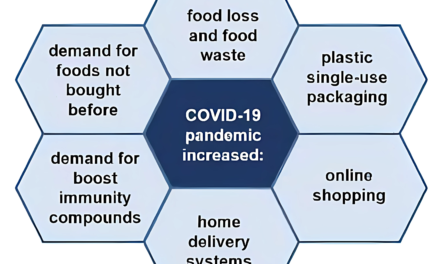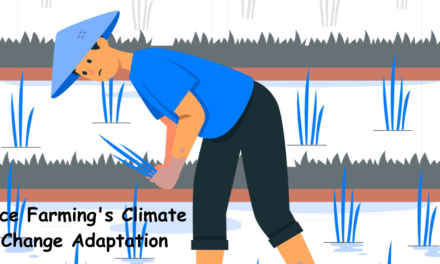A recent CoBank report predicts a volatile rural economy in 2025, driven by a combination of economic, environmental, and geopolitical factors that are expected to shape the agricultural and rural landscape in the United States. While some sectors are poised for moderate growth, the report highlights concerns about rising input costs, fluctuating commodity prices, global trade uncertainties, and challenges from climate variability that could strain rural businesses and farming operations.
Key factors contributing to this volatility include high interest rates and inflationary pressures, which are expected to increase borrowing costs for farmers and agribusinesses. With many farmers relying on loans to purchase inputs like seeds, fertilizers, and machinery, elevated financing costs may squeeze already thin margins, particularly for small and medium-scale operations. Additionally, volatile fuel and energy prices are anticipated to increase operational expenses, especially for sectors such as dairy, grain production, and transportation.
The report also notes the risk posed by global trade disruptions and ongoing geopolitical tensions. Export-dependent commodities, including soybeans, corn, pork, and dairy products, could face uncertainty as major markets like China, Mexico, and Southeast Asia respond to shifting trade policies and economic conditions. This reliance on international markets makes rural economies particularly sensitive to trade agreements and tariffs.
Climate variability and extreme weather events are expected to add further challenges to the rural economy. Issues like drought, flooding, and unseasonal heatwaves are becoming more frequent, affecting yields and farm incomes. The report calls for greater investment in climate-resilient infrastructure and the adoption of sustainable farming practices to mitigate risks.
Despite these headwinds, the report identifies opportunities for growth in sectors such as renewable energy, agri-tech, and specialty crops. The expansion of solar, wind, and bioenergy projects in rural areas is expected to generate new income streams for farmers and create jobs. Moreover, advancements in precision agriculture, automation, and digital tools could help farmers optimize resources, reduce costs, and improve productivity amid economic uncertainty.
The food and beverage processing industries are also highlighted as a potential bright spot, with strong demand for value-added agricultural products creating opportunities for rural businesses to diversify and increase profitability.
To navigate the volatility, the CoBank report emphasizes the importance of risk management, including strategies like crop insurance, hedging, and diversification. Additionally, policies that support rural infrastructure, broadband expansion, and access to capital will play a crucial role in stabilizing rural economies and fostering resilience.
While the rural economy faces a turbulent outlook for 2025, strategic investments in technology, renewable energy, and sustainable practices can help offset challenges and position rural communities for long-term growth and stability.









